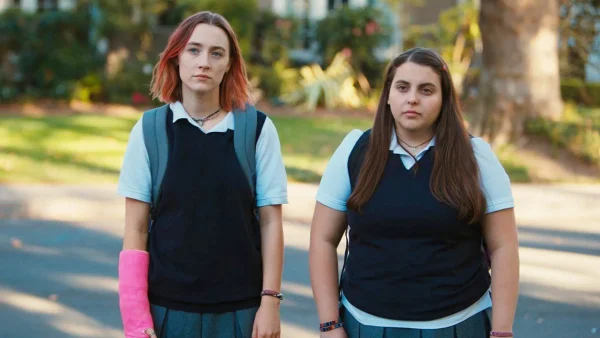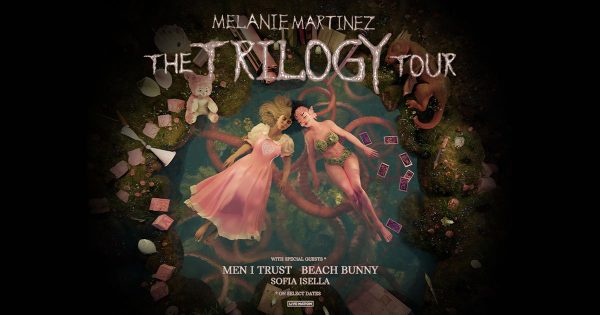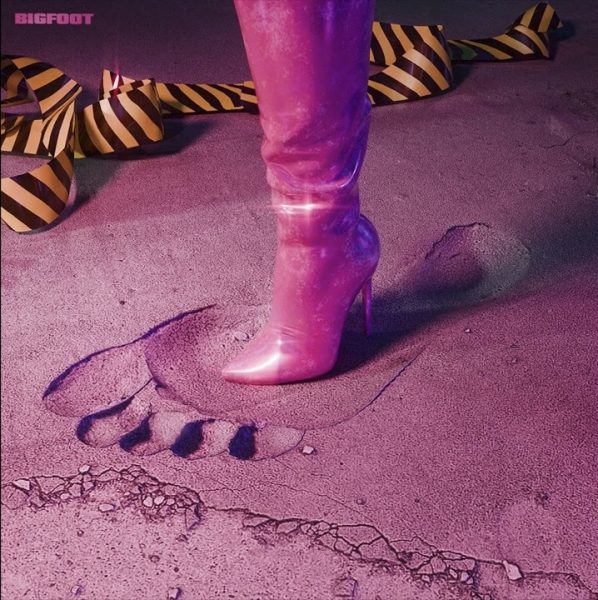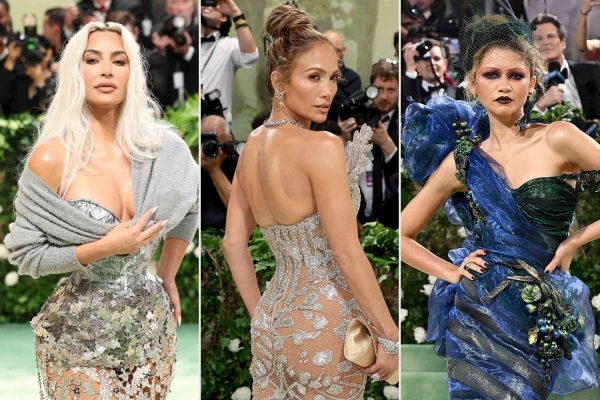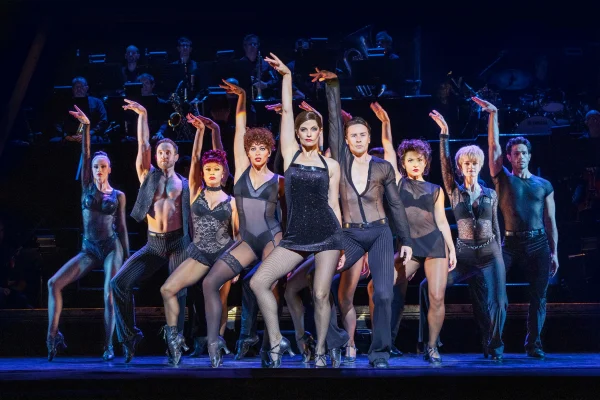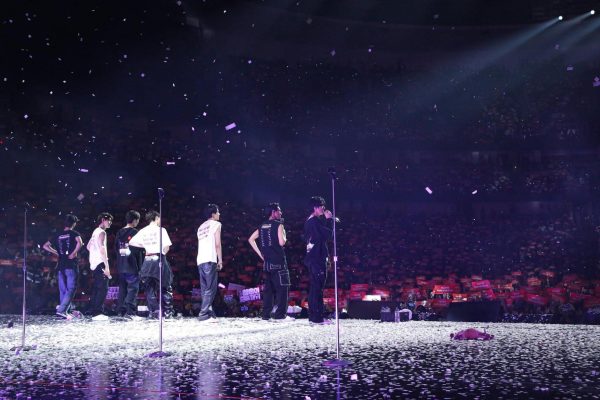Villains: The Good and Bad

The Joker is one of the most iconic villains. There have been a lot of deep dives surrounding his character
November 29, 2021
When the word “villain” was first created from Anglo-French, it actually meant “inhabitants of Villa”. Later on, it was used to describe people who performed unethical or illegal behavior. Since the word had a negative connotation to it, people began describing the antagonist of the story as a villain; thus, the long line of fictional villains began. Over the centuries, creative writers have added more and more to the concept of villains and there has been much discussion surrounding it.
Going way back in history, the most basic type of villain would probably be the evil fire breathing dragon from old fairy tales. Everyone is familiar with the story. The dragon captures the beautiful princess, and the strong and valiant prince goes on a quest to save her. Back then, villains were simply a tool to add a purpose to the story. Without the evil dragon, the prince and princess would live happily ever after without any conflict or threat. In those times, the dragon does not need a personality or backstory because people simply didn’t ask for them. Plus, these people didn’t grasp the concept of good versus bad yet, so they don’t need complicated plot points like redemption arcs and other modern villain tropes to enjoy the simple story. As the times went on, more and more details have been added to villains. People are beginning to demand villains with more character and flavor to them. On top of that, the concept of anti-villains and anti-heroes were created, because people have realized that there is a grey area between good versus bad, the yin and yang.
Before we discuss what makes a good villain, let’s discuss what makes a good person “good”. To put it simply, people are considered “good” when they perform selfless acts for the greater good. On the contrary, there are the bad people. For example, if someone commits a crime because it will help fulfill their desires, then they are not an ethically good person. The grey area between the good and bad is difficult to explain. An example would be if someone helps an old man across the street, but they are only doing that to show their crush that they are caring. This person is technically performing a kind act, but their motivation is corrupt. and ultimately, they are doing it for themselves making them neither ethically good nor bad.
Villains are technically bad people, but there are different areas within the word “bad”. Most villains fall in three categories. The first is that they think they are doing something good, but they are doing unethical things to get to their ultimate goal. Another would be a villain who has a twisted view on the world because of past trauma. Lastly, there is the standard evil villain who only cares for themself and feels no remorse when hurting others. There might be other villains that are a bit different but most villains fall under these umbrella categories. Many people like to argue that villains are just heroes who have been led down the wrong path, or they bring up the villain’s past to justify their horrible actions.
With that said, the question lies: Do villains really need to have a “good” side? The point of a villain is to be the obstacle that the hero has to face, so does it really matter if they are just “heroes with trauma” or not? Does every single villain have to have a redemption arc? Can we go back to the old folklore days when villains had no purpose besides doing unethical things? When asked about this, Mykaela Martinson (10), said that “I think a good motive, backstory, and a hint of sympathy is what makes a well written villain.” She mentions that while a villain is not supposed to be an ethically good person, she would still love to see them be something other than a maniac who wants to destroy the world. In the end, villains should be written like human beings because that is the key to grabbing the audience’s heart. If authors write their villains neither completely evil, nor kind, then it hits the philosophical grey area, making them seem more human. Because at the end of the day, humans make mistakes, and there is no such thing as true evil or kindness (excluding psychopaths). The students at YLHS love having their own discussions about their favorite villains and villain tropes. It is fun having conversations about fiction because everyone has such different opinions. In the end, the villain discussion is not that deep, but a convincing antagonist can really change the story in a good way.





































